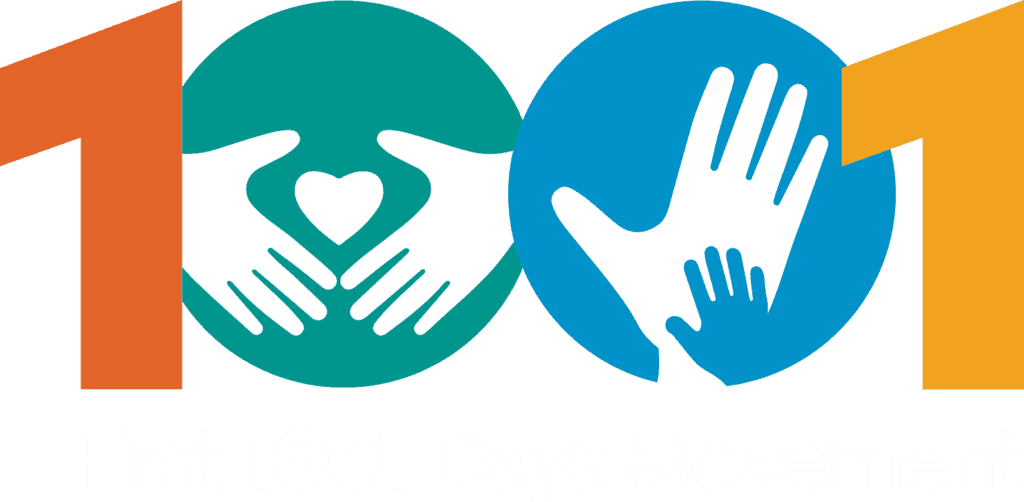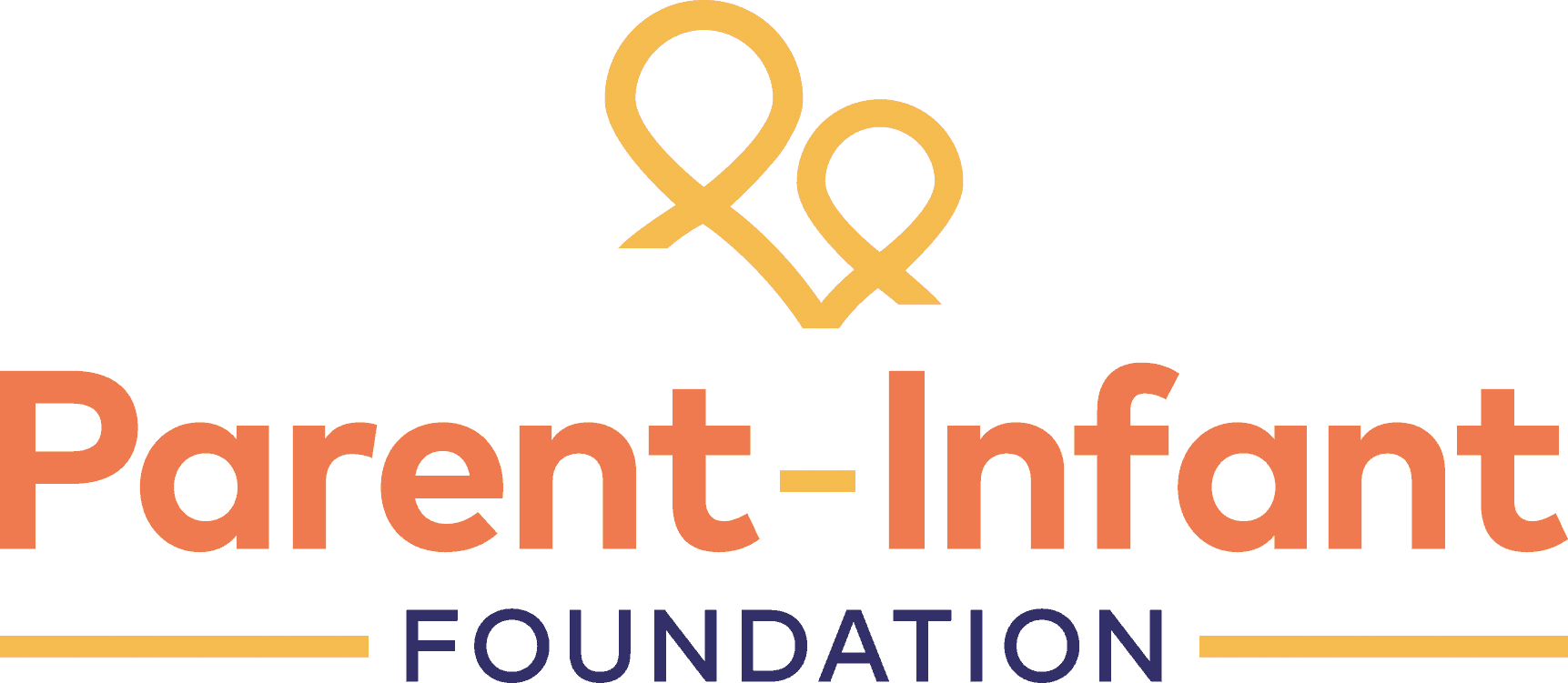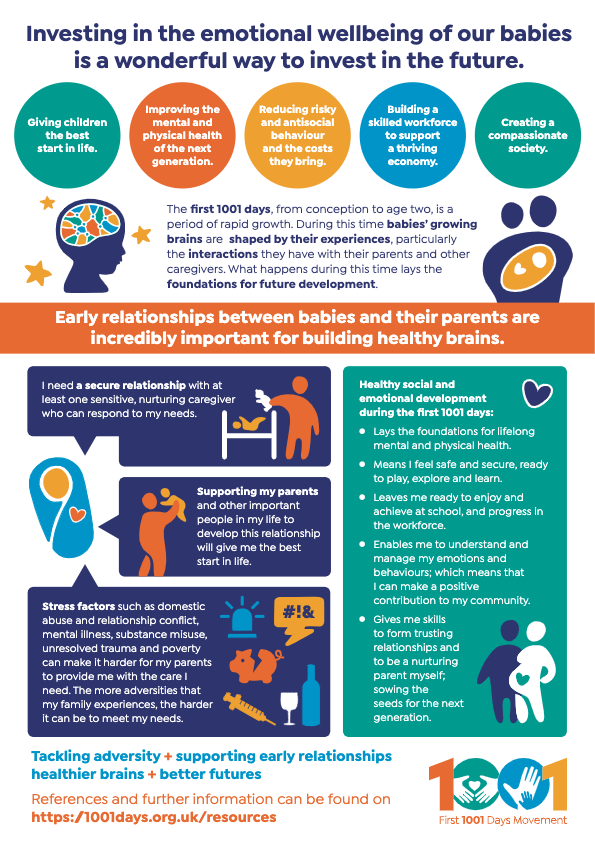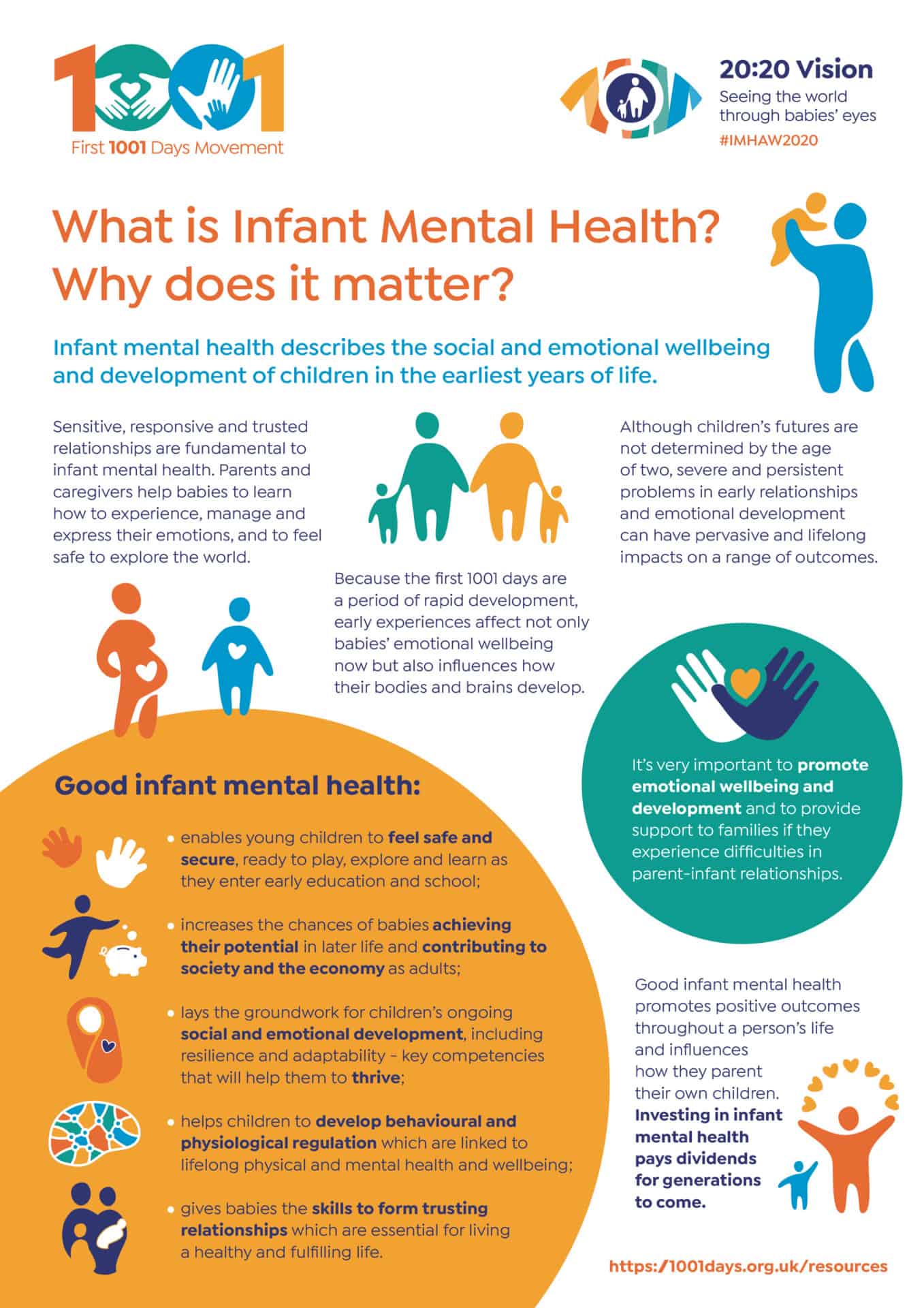

Infographics
The Core Story
This infographic sets out the core story of why relationships between parents and their babies in the first 1001 days are so crucially important. It was co-created by a wide range of professionals, coordinated by the Parent-Infant Foundation. Importantly, the infographic makes it clear that BOTH tackling adversity AND supporting early relationships are important in giving children the best start in life.
What is Infant Mental Health?
This infographic, created for Infant Mental Health Awareness Week 2020, describes what infant mental health is and why it matters. It explains the fundamental role of early relationships and how infant mental health lays the foundations for a range of important outcomes.



